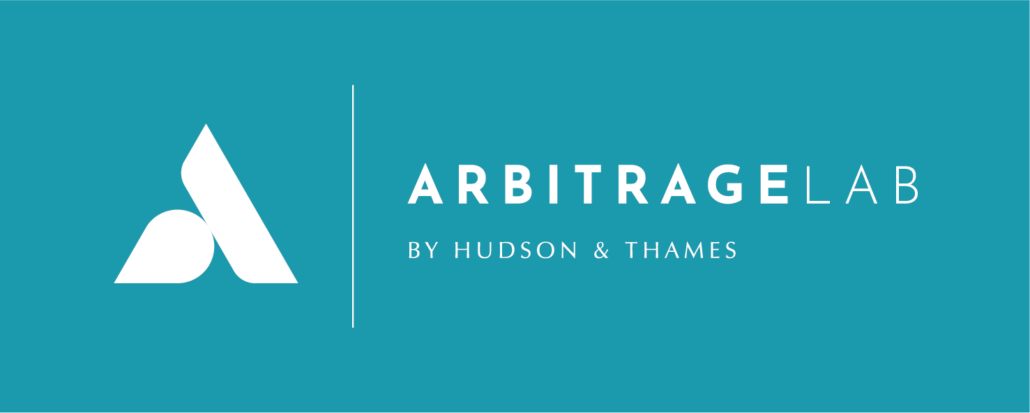Greetings to all budding quantitative analysts out there. A common question that encountered from individuals interested in the field of Quantitative Finance is centered around the ‘cold-start’ problem in Quantitative Finance and strategy development. This term, often used to depict the challenging entry barrier posed by the demanding and diverse skill set required in this profession, can seem daunting at first. In this post, we intend to demystify this concept and help you navigate your first steps into the world of Quantitative Finance.
Quantitative Finance: A Closer Look
To begin, let’s shed some light on what Quantitative Finance is. Often seen as the intersection of advanced mathematics, statistical knowledge, financial theory, and computer science, Quantitative Finance seeks to apply quantitative analysis to the financial markets. It is the heart of a plethora of crucial areas such as derivative pricing, risk management, algorithmic trading, and portfolio construction, among others. In other words, quants— as practitioners are colloquially known— wield their expertise in diverse fields like mathematics, computer science, finance, and even physics, to distill meaningful insights from the vast expanse of financial data.
Describing the Cold-Start Problem
Now, let’s tackle the elephant in the room – what exactly is the ‘cold-start’ problem? Originating from the domain of machine learning, where recommendation systems initially struggle to make precise predictions due to a scarcity of data, the ‘cold-start’ problem in Quantitative Finance relates to the arduous process of entering the field without any substantial prior knowledge or experience. The issue here is primarily twofold – grasping the complex financial theories that underpin the markets, and acquiring the advanced technical skills needed to apply these theories.
Navigating Financial Theories
Financial theory forms an integral part of any quant’s toolkit. Without a solid grounding in this area, you’re likely to make inaccurate predictions and poor decisions. There are numerous economic models and financial theories you would need to acquaint yourself with – such as the Black Scholes model, Efficient Market Hypothesis, Capital Asset Pricing Model, among others. Although these theories might seem intimidating at first, they are critical in guiding you through the convoluted world of financial markets.
Acquiring Technical Skills
The other face of the ‘cold-start’ problem lies in acquiring a diverse set of technical skills. This could involve learning multiple programming languages (Python, R, MATLAB, etc.), mastering statistical analysis, understanding machine learning algorithms, and familiarizing yourself with data visualization techniques. The crux of the challenge here is not merely acquiring these skills, but understanding how to apply them in real-world financial problem-solving. The successful synthesis of theoretical knowledge and technical proficiency is what often sets top-tier quantitative analysts (or experts in any field, for that matter) apart.

Overcoming the Cold-Start Problem: A Strategic Approach
Despite the challenges it presents, the ‘cold-start’ problem is by no means insurmountable. A systematic and structured approach can help you navigate this complex landscape with relative ease. Here are some actionable steps that you can follow:
Master the Basics
The first step involves equipping yourself with a basic understanding of financial markets and economic theory. A degree in finance or economics is beneficial, but not mandatory. There are abundant resources available online – both free and paid – that can help you wrap your head around these concepts. Books are a great place to start!
Learn the Technical Skills
With a solid foundation in financial theory, the next step is to delve into the technical skills. You could start with programming languages, with Python being a widely recommended choice due to its simplicity and the extensive libraries it provides for scientific computing and data analysis. Subsequently, you can venture into machine learning and statistics. A word of caution here – the real value of these skills lies in their practical application. To ensure that your learning is grounded in reality, try to work on real-world problems and real-world projects, especially if you can work on real financial datasets.
This is why we build our suite of tools: MLFinlab, PortfolioLab and ArbitrageLab, to help both professional and aspiring quants bridge the technical gap.



Familiarize Yourself with Quantitative Finance Models
After you’ve built a robust base in financial theory and technical skills, the next area to tackle is understanding key models in quantitative finance. These models, which are essentially applications of financial theories, aid in pricing derivatives, managing risk, and enabling algorithmic trading. It’s critical to understand how these models operate, their underlying assumptions, limitations, and their application in real-world scenarios.
Build Your Network
A factor that is often underrated when addressing the ‘cold-start’ problem is networking. Forming connections with industry professionals and other quants can offer you invaluable insights and guidance that you might not find in textbooks. Engage in seminars, webinars, and join relevant forums or social media groups dedicated to quantitative finance. A great way to do this is with our Reading Group!
Commit to Continuous Learning
One must remember that the field of quantitative finance is continually evolving. Therefore, staying abreast of the latest theories, models, and technological advancements is essential. The learning curve in this field never really flattens – it’s a journey of continuous discovery and growth.
In conclusion, while entering the field of Quantitative Finance can initially seem like scaling a steep mountain, it doesn’t necessarily have to be that way. The ‘cold-start’ problem is essentially a learning curve – a pathway that every quant has to traverse. By methodically acquiring the necessary theoretical knowledge and technical skills, you can steadily climb this curve and carve out a rewarding career in Quantitative Finance.
Embrace the journey and happy learning!


